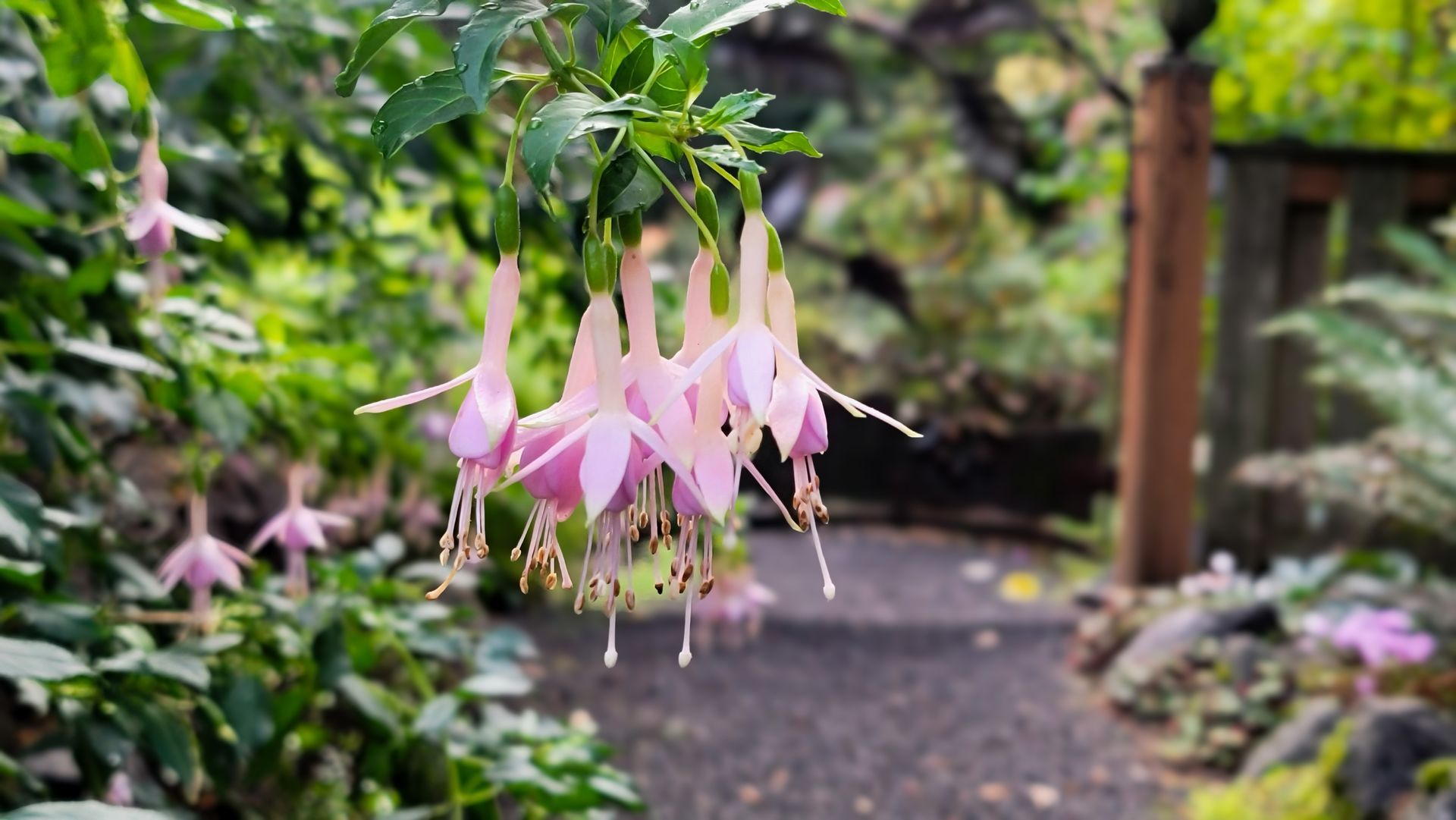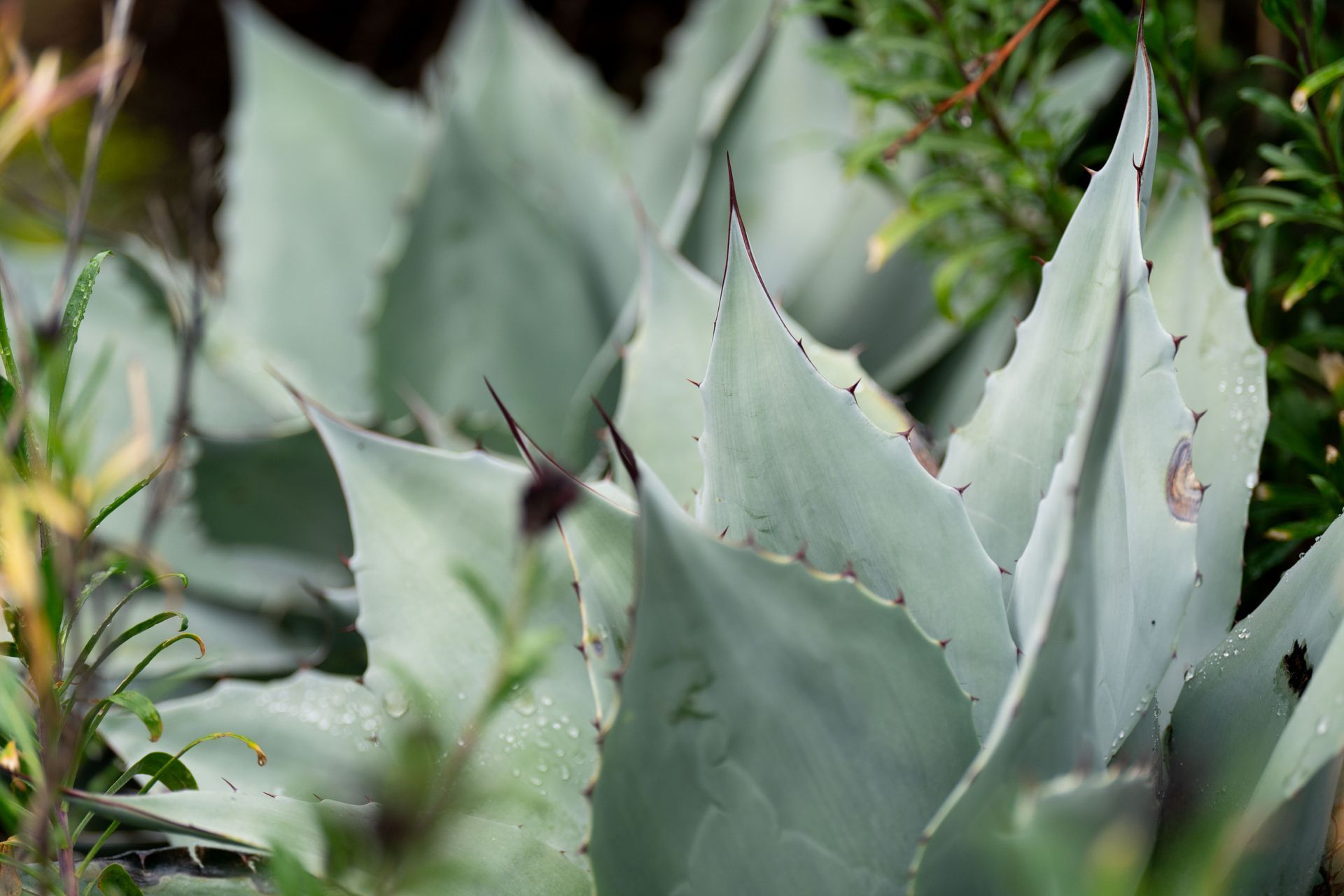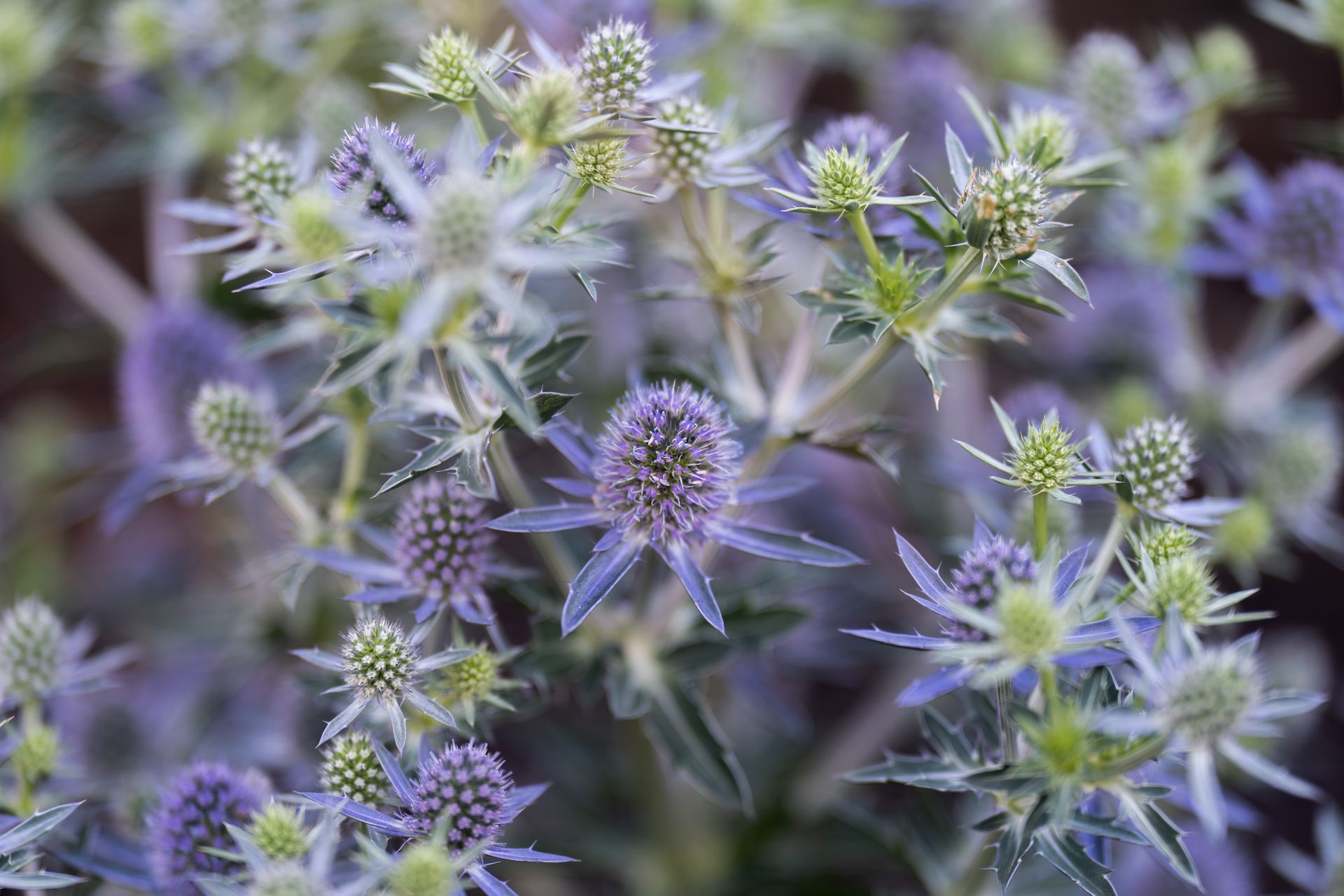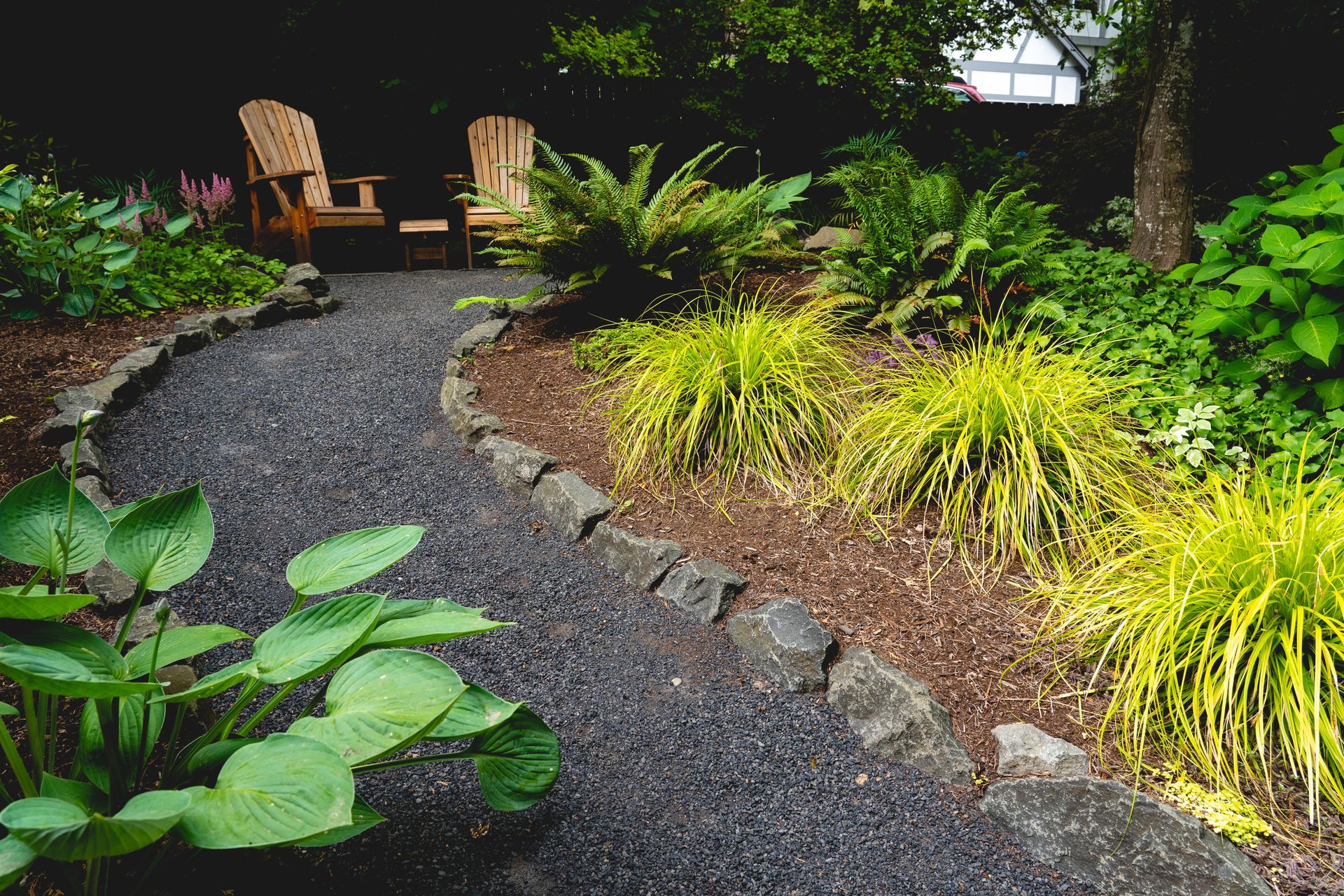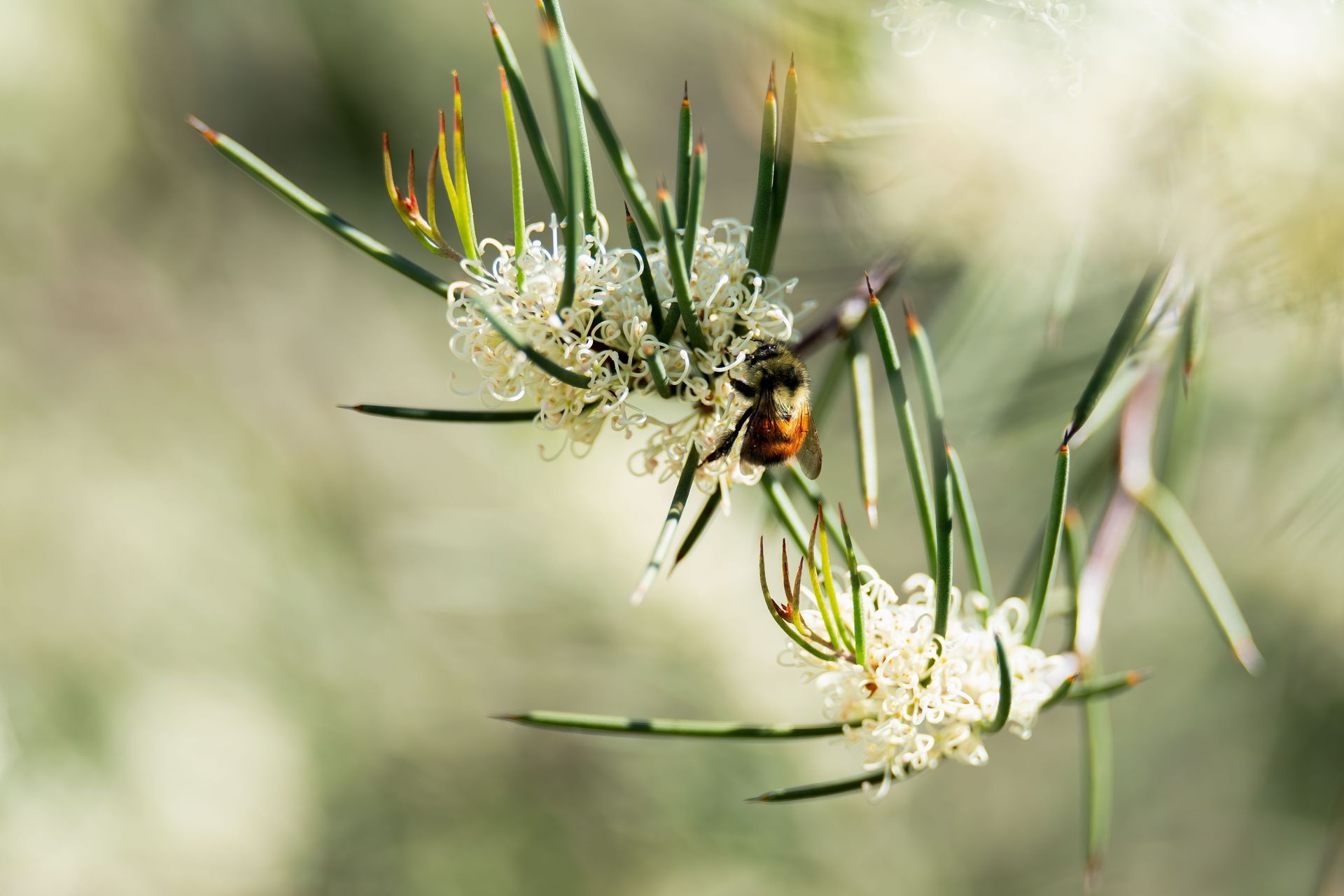Phil’s Garden Tips & Tricks for September 2021
This is Summer’s last month. Take a moment as you walk, jog or drive to enjoy the slow change of the seasons. The rainy season will be with us by the end of October. My two favorite months of the year are September and October. That is because they tend to remain rather dry with sunny skies but with cooler weather than July or August. The transition from Summer into Fall is so different than the transition between Spring into Summer here in Western Oregon. Spring’s entrance is often a furious fight between the chilly wet days of winter and the warmer sunnier days of summer, which often includes storms, frosts, winds, and similar phenomena. Fall’s entrance, on the other hand, comes upon us with a slow cooling gentle slide into the rainy season.
- Slack off on watering in the beds, but water if your soil is dry. Less water now hardens plants off for winter.
- Weed. Yes, keep doing it! Never give up!
- This month and next month are the best months to plant or renovate lawns, particularly as the air gets cooler and before it gets completely cloudy and cold.
- Bait for slugs.
- You can begin trimming off the tops of those perennials that have finished blooming and have turned brown to clear up the clutter before Winter arrives.
- September through March are the best months of the year to transplant or plant. The peak month is November.
- Pick and store winter squash when it is ready. This is usually late in September.
- Pick tomatoes and potatoes.
- September is the last month to plant your winter vegetable garden west of the Cascades. Examples are Winter-hardy kale, Brussels sprouts, different Italian greens, broccoli, raab, turnips, cabbage, kohlrabi and more.
- September is also the final month for regular lawn fertilizer application (use a special Fall/Winter mix for November).
- Now is a good time to take Rhododendron cuttings to start new ones if you are so inclined.
- Prepare compost piles for recycling vegetation from garden and deciduous trees this fall.
- Use a copper spray for peach and cherry trees during dry periods.
- Spray for bacterial canker of blueberries, leaf cane spot and juniper twig blight (after pruning away dead and infected twigs) during dry periods.
- Bring houseplants indoors after cleaning and re-potting if nights get too cool. If possible, keep them out through October.
- Scratch/rough up the bare areas in the lawn with a hard rake.
- Sprinkle some seed over these bare areas with just a little natural fertilizer and lime. Cover it to no more than ¼” deep with grass seed mulch. This looks like straw but does not have the weed seeds like straw bales have!
- Keep the area moist but NOT soaking wet. Lots of spritzes on hot days and just a few spritzes on cloudy days.
- Wait about two weeks to see what happens. If tiny green shoots, like green dog hair, begin appearing, you are doing well.
- If no green appears—or not enough to create happiness—repeat the performance every three weeks until you have grass.
- Keep the bag of grass seed in a cool place (like a garage) over the winter. In the summer, put it in a refrigerator. (Watch out for rodents, they love the stuff!)
- Overseeding a lawn now and then in damaged areas is just part of the life of owning a home which has a lawn.

